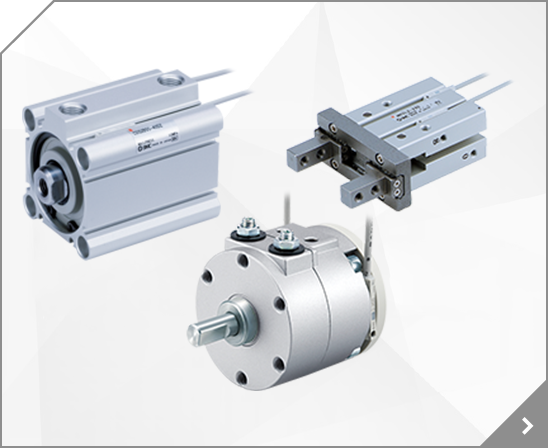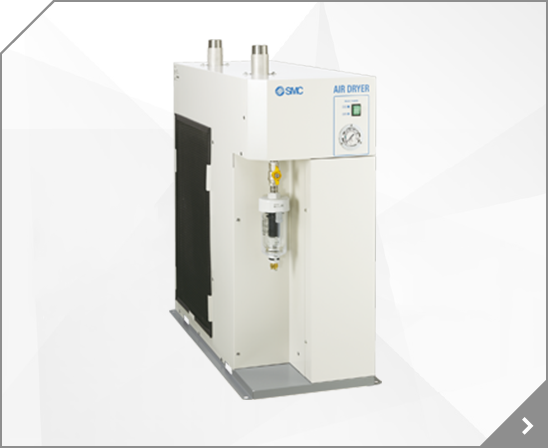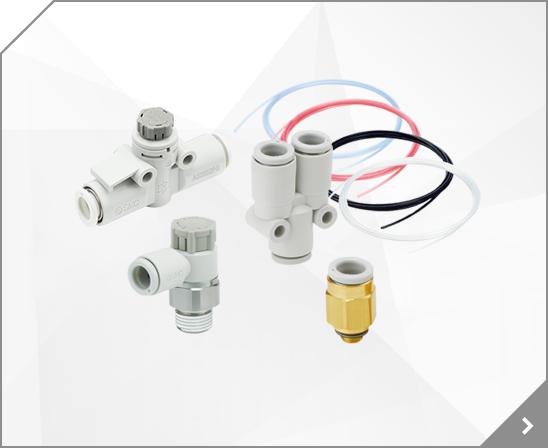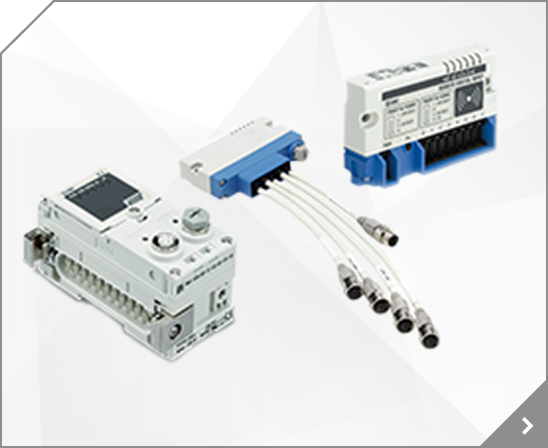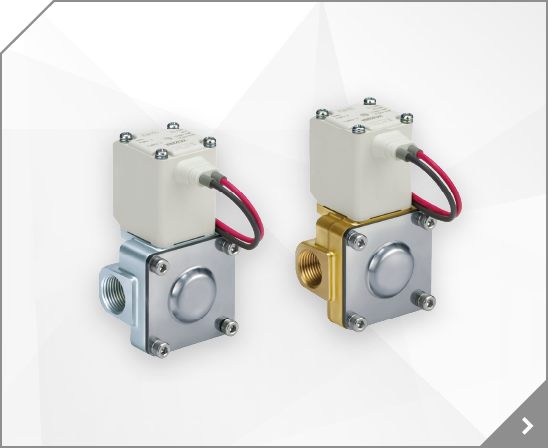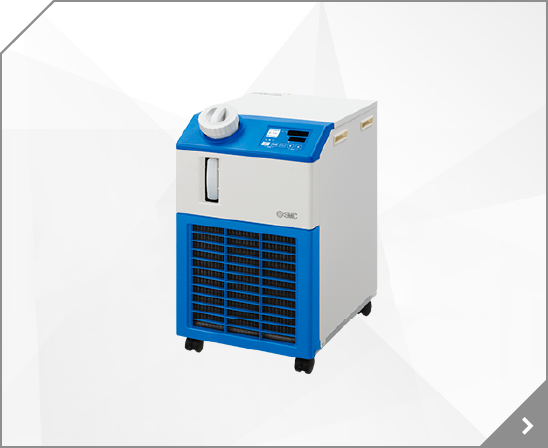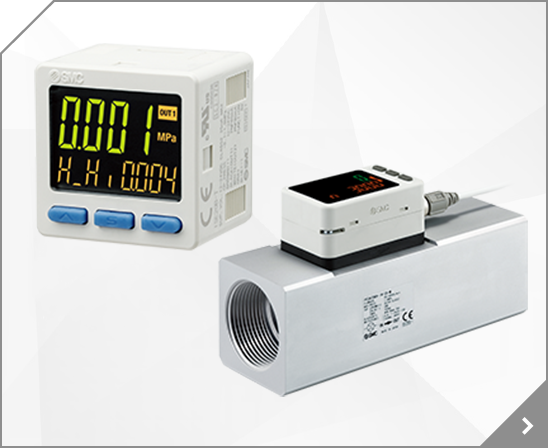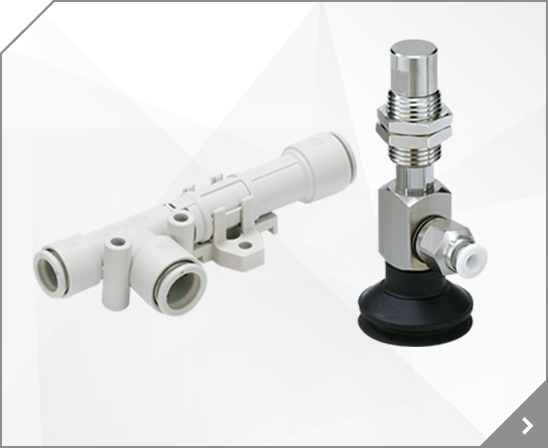
Cylinder: DP (Auto Switch/Plate Mount), Bearing Style: M (Slide Bearing), Bore Size: 32mm, Stroke: 175mm
Cylinder: None, Bearing Style: L (Ball Bushing Bearing), Bore Size: 20mm, Stroke: 175mm
Cylinder: None, Bearing Style: M (Slide Bearing), Bore Size: 20mm, Stroke: 175mm
Cylinder: DB (Auto Switch/Housing Mount), Bearing Style: M (Slide Bearing), Bore Size: 20mm, Stroke: 175mm
Cylinder: DP (Auto Switch/Plate Mount), Bearing Style: M (Slide Bearing), Bore Size: 25mm, Stroke: 175mm
Cylinder: None, Bearing Style: M (Slide Bearing), Bore Size: 25mm, Stroke: 175mm
Cylinder: DB (Auto Switch/Housing Mount), Bearing Style: L (Ball Bushing Bearing), Bore Size: 20mm, Stroke: 175mm
Cylinder: DP (Auto Switch/Plate Mount), Bearing Style: M (Slide Bearing), Bore Size: 20mm, Stroke: 175mm
Cylinder: DP (Auto Switch/Plate Mount), Bearing Style: L (Ball Bushing Bearing), Bore Size: 20mm, Stroke: 175mm
Bearing: M (Slide Bearing), Bore Size: 32mm, Thread: TN (ø25,ø32 Bore: NPT 1/8), Stroke: 175mm
Magnet: D (Built-in), Mounting: B (Basic), Bore Size: 160mm, Port Thread: Rc, Stroke: 175mm
With no external leakage, the CY series can be used in many diverse environments. Magnetically coupled cylinders have a wide range of applications, and save mounting space. Loads and moments are possible through the use of integrated guides. A variety of guides can be used to achieve the necessary accuracy or allowable moment needed for your application. CY is available in 9 bore sizes, from
Bearing: M (Slide Bearing), Bore Size: 32mm, Thread: ø6-ø20 Bore: M Thread; ø25,32ø Bore: Rc 1/8, Stroke: 175mm
Bearing: L (Ball Bushing), Bore Size: 20mm, Thread: ø6-ø20 Bore: M Thread; ø25,32ø Bore: Rc 1/8, Stroke: 175mm
Magnet: D (Built-in Magnet), Mounting: F (Rod Flange), Bore Size: 32mm, Thread: Rc, Stroke: 175mm
Magnet: D (Built-in Magnet), Mounting: B (Basic), Bore Size: 32mm, Thread: Rc, Stroke: 175mm
Magnet: D (Built-in), Mounting: G (Head Flange), Bore Size: 125mm, Port Thread: Rc, Stroke: 175mm
Magnet: D (Built-in Magnet), Mounting: G (Head Flange), Bore Size: 63mm, Thread: Rc, Stroke: 175mm
The CNA2 series cylinder with lock?is?suitable for mid-stroke stops, emergency stops, and drop prevention. An equal holding force in extending and retracting directions make it possible to lock at either end of the stroke. High reliability and stable holding force are maintained by using a substantially lengthened brake shoe with superior wear resistance. The locking mechanism is isolated
The MB series medium duty tie rod cylinder offers an improved design that enhances cylinder operation and ease of use. The standard air cushion utilizes a floating cushion seal to eliminate piston rod bouncing. The cushion volume has been elevated permitting about 30% more allowable kinetic energy absorption. The port and captive cushion adjustment valve are located on the same side of cap
